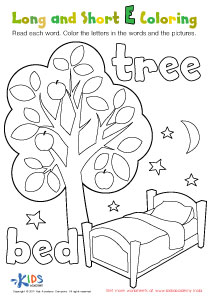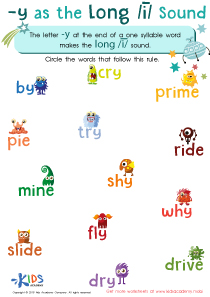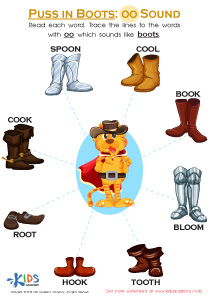Silent Vowels Worksheets for Ages 3-8
5 filtered results
-
From - To
Enhance your child’s reading skills with our engaging Silent Vowels Worksheets, tailored for ages 3-8. These interactive sheets make learning silent vowels fun and easy, helping young learners recognize and understand the complexities of vowel usage. Each worksheet is designed to sharpen phonetic awareness and improve word pronunciation. Carefully crafted by experts, our age-appropriate activities ensure that kids build a solid foundation in literacy while enjoying their learning journey. Perfect for home or classroom use, these sheets will set your child on a successful path to reading fluency. Discover the joy of mastering silent vowels today!
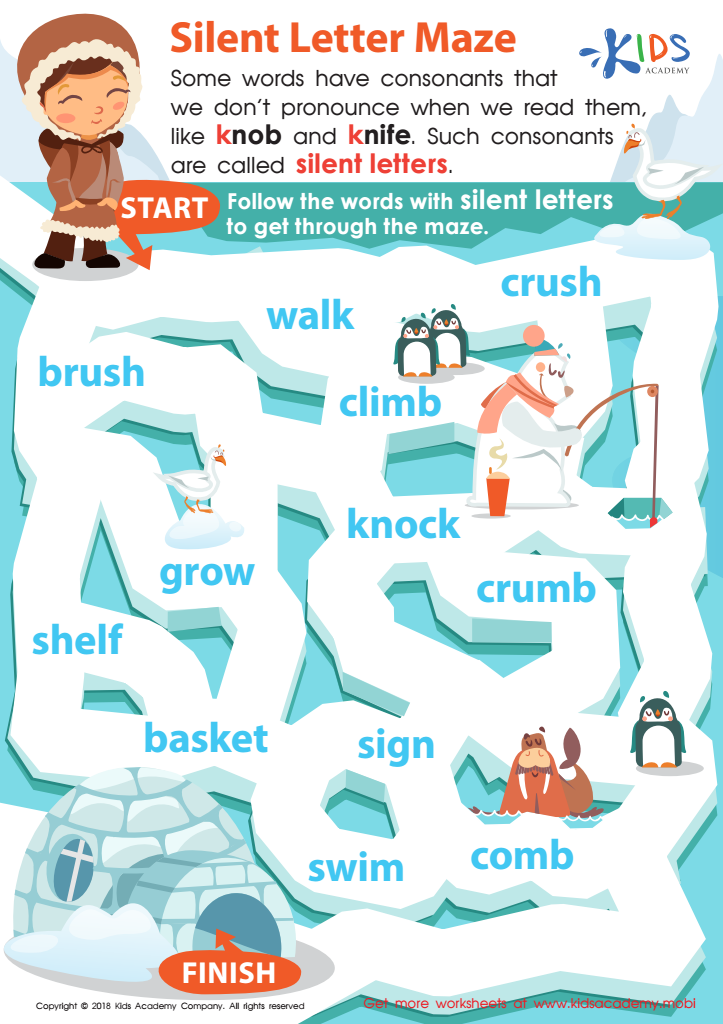

Silent Letter Maze Worksheet
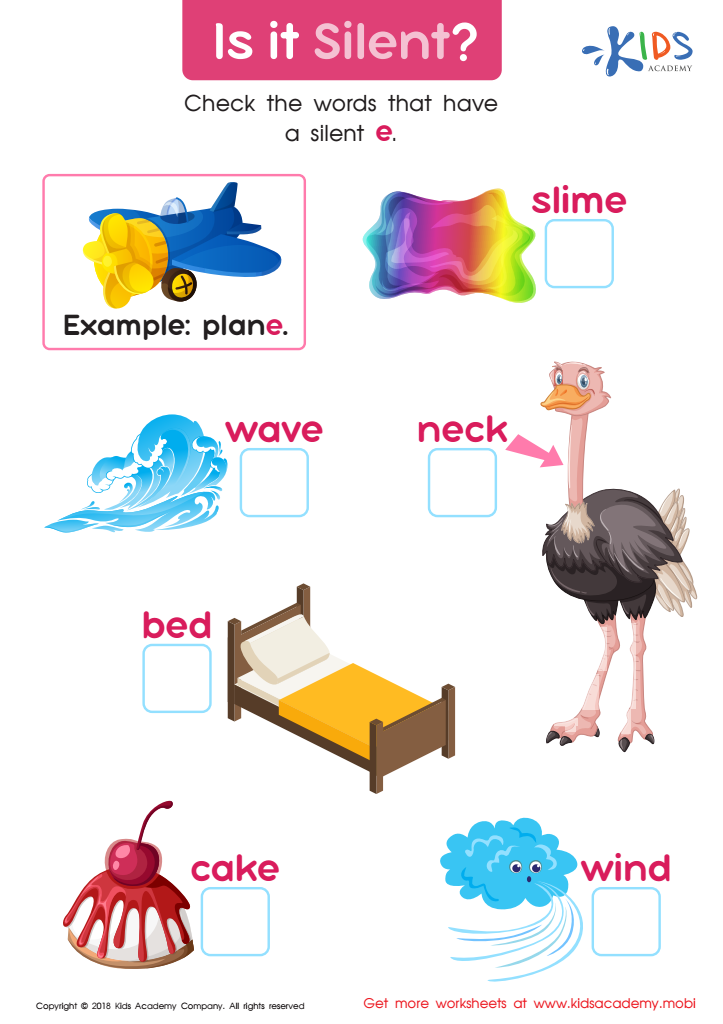

Is It Silent? Worksheet
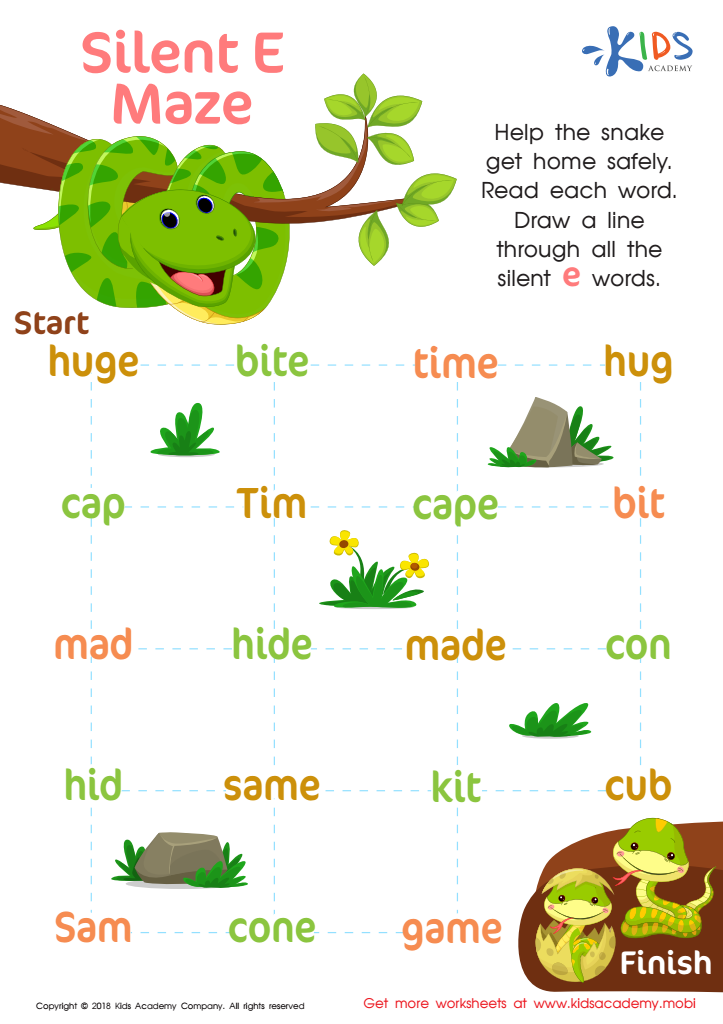

Silent E Maze Worksheet
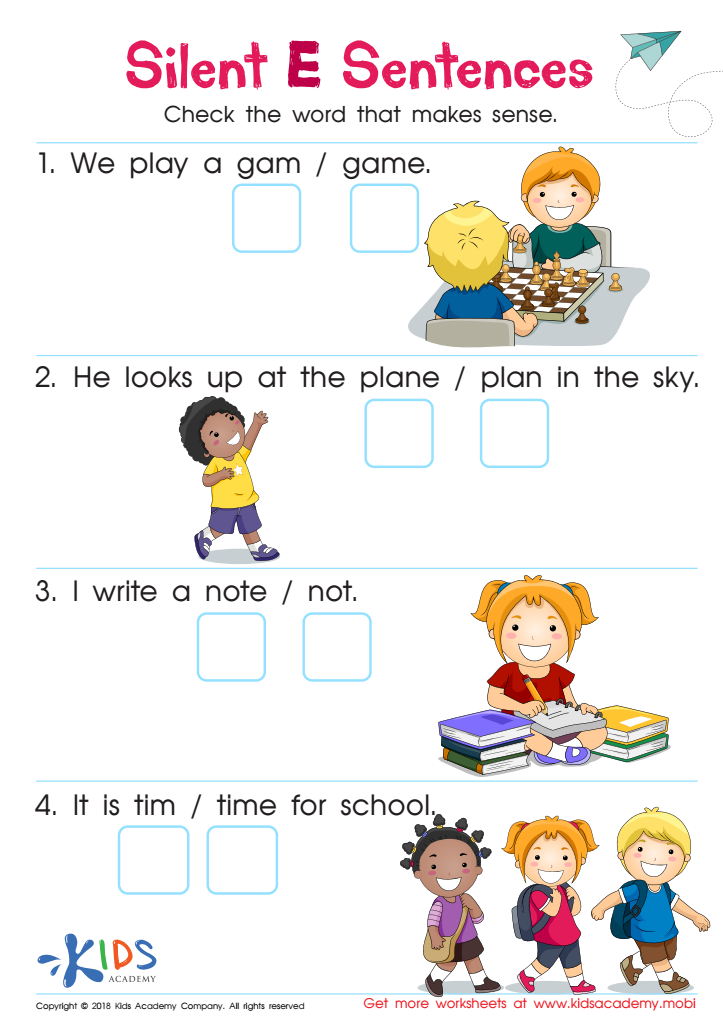

Silent E Sentences Worksheet
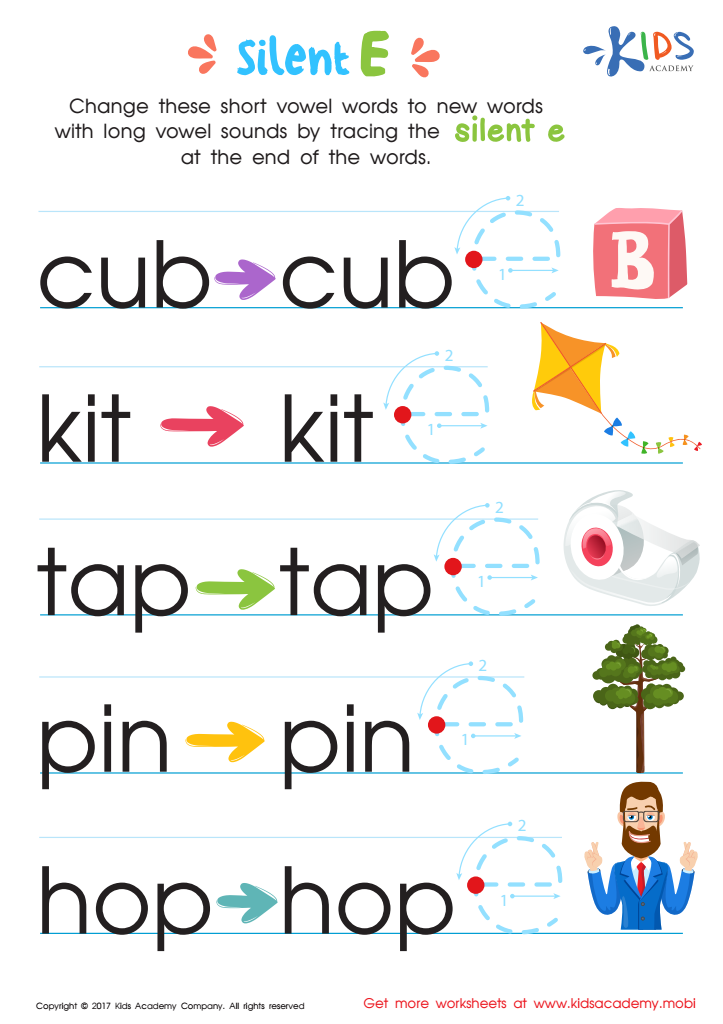

Silent E Words Worksheet
Understanding silent vowels is crucial for young children learning to read because these letters often appear in commonly used words, affecting how they're pronounced. For children aged 3-8, mastering silent vowels enhances their phonetic understanding, helping them decode words accurately and read more fluently.
When parents and teachers pay attention to silent vowels, they can provide targeted instruction that addresses potential stumbling blocks. For example, the silent "e" in words like "make" or "bake" changes the vowel sound, which could be confusing for young learners if not explicitly taught. Knowledge of silent vowels helps children to read, write, and spell multi-syllabic words correctly, fostering greater literacy skills and confidence.
Moreover, early literacy is foundational for future academic performance. By focusing on silent vowels, educators and parents equip children with tools for better comprehension, expanding their vocabulary and enabling them to take meaning from written texts more effectively.
In summary, by caring about silent vowels, parents and teachers contribute to a child’s early reading success, setting the stage for a lifelong love of reading and learning. This focused attention augments the children's ability to navigate the intricacies of English spelling and pronunciation, giving them a significant advantage in all future educational pursuits.

 Assign to the classroom
Assign to the classroom


